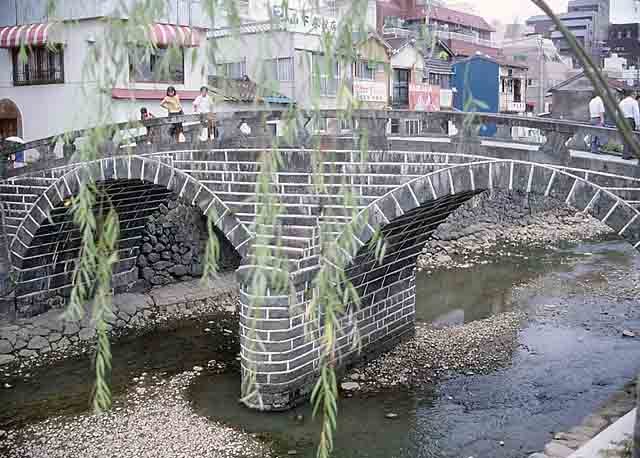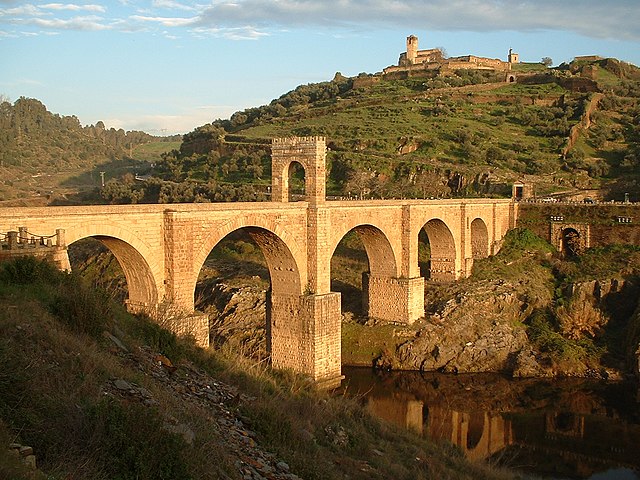Arlington Memorial Bridge
The Arlington Memorial Bridge, often shortened to Memorial Bridge, is a Neoclassical masonry, steel, and stone arch bridge with a central bascule that crosses the Potomac River in Washington, D.C., the capital of the United States. First proposed in 1886, the bridge went unbuilt for decades thanks to political quarrels over whether the bridge should be a memorial, and to whom or what. Traffic problems associated with the dedication of the Tomb of the Unknown Soldier in November 1921 and the desire to build a bridge in time for the bicentennial of the birth of George Washington led to its construction in 1932.
The bridge in December 2020, shortly after the completion of renovations
An early 1887 design for the memorial bridge across the Potomac River, by Paul J. Pelz.
A 1901 design for the memorial bridge by Edward P. Casey and William H. Burr, accepted by the Secretary of War but never constructed.
Memorial Bridge with the Arlington National Cemetery and Arlington House in the background
An arch bridge is a bridge with abutments at each end shaped as a curved arch. Arch bridges work by transferring the weight of the bridge and its loads partially into a horizontal thrust restrained by the abutments at either side. A viaduct may be made from a series of arches, although other more economical structures are typically used today.
A double-arch stone bridge in Nagasaki, Japan
The Roman Alcántara Bridge, Spain (built 103-106 AD)
The Anji Bridge, 6–7th century AD
Segovia Aqueduct (c. 100 AD)








